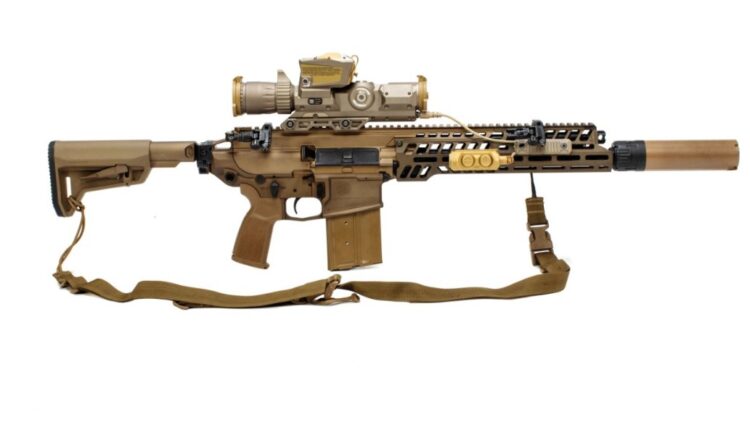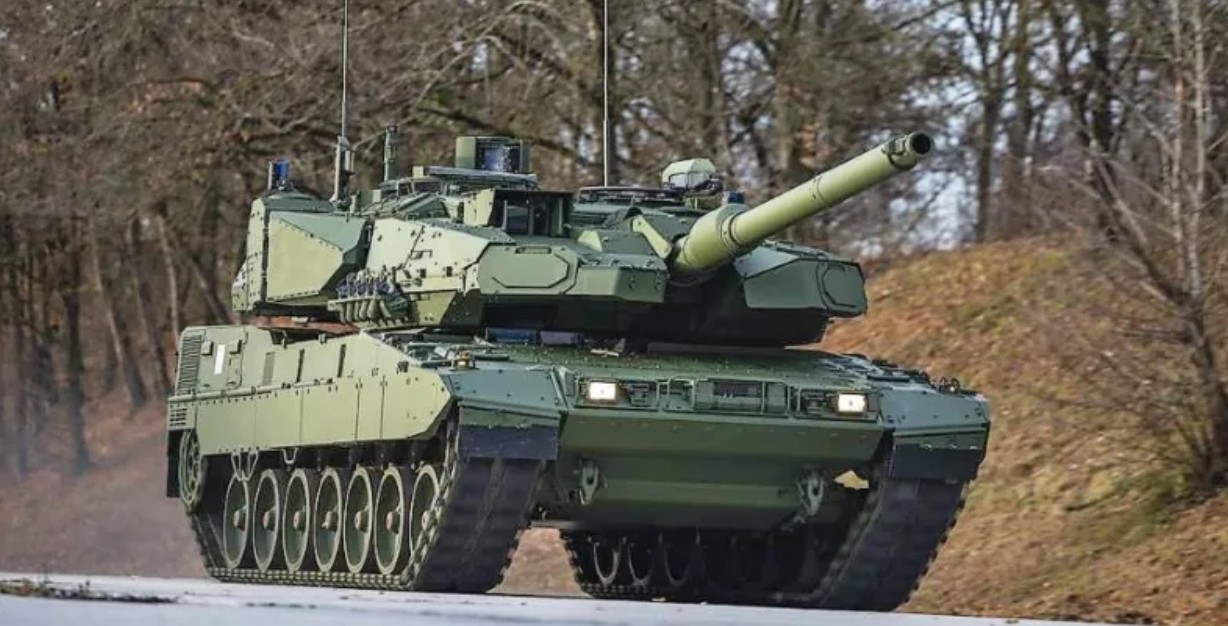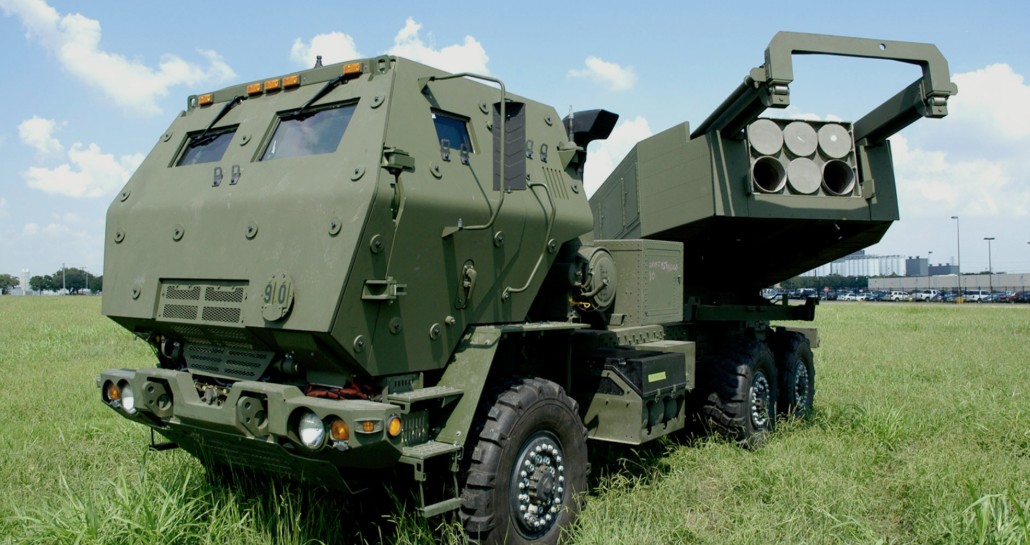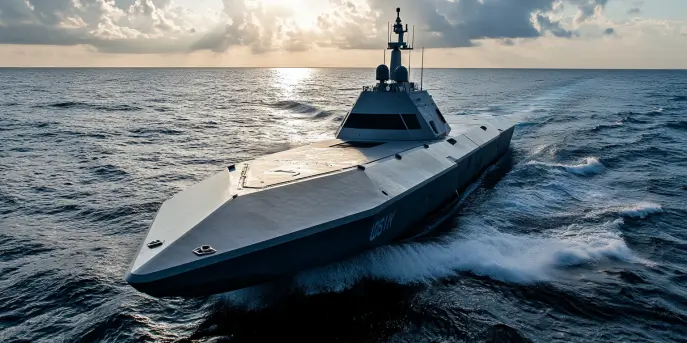The development and introduction of the M7 rifle has been at the center of attention for military enthusiasts, critics, and defense analysts alike. This next-generation assault rifle, designed with the aim of replacing the older models in active service, promised enhanced performance, improved ergonomics, and higher reliability. However, the journey of the M7 has not been free from criticism, and several performance-related issues have been highlighted since its introduction.
Overview of the M7 Rifle
The M7 rifle is a product of extensive research and development, intended to meet the evolving needs of modern warfare. Featuring advanced materials and cutting-edge technology, the M7 was introduced with capabilities that promised to outperform its predecessors. The rifle’s design incorporates a modular platform that enhances customization options for soldiers, allowing for various attachments and accessories to be easily integrated.
Key Specifications
| Specification | Detail |
|---|---|
| Caliber | 5.56x45mm NATO |
| Action | Gas-operated, rotating bolt |
| Weight | 7.3 lbs (unloaded) |
| Barrel Length | 16 inches |
| Rate of Fire | 700–950 rounds/minute |
| Effective Range | 600 meters |
| Magazine Capacity | 30 rounds |
Performance Critique
The primary criticism aimed at the M7 revolves around its performance under different environmental conditions. Reports from field tests have indicated that the rifle experiences difficulties in extreme cold or dusty environments, leading to questions about its reliability. Soldiers have reported jamming and misfires when the rifle is exposed to harsh elements, which can be particularly concerning in combat situations where reliability is paramount.
Accuracy Concerns
Another major point of controversy is the rifle’s accuracy. While the M7 was expected to deliver pinpoint precision even at long distances, users have noted inconsistencies in accuracy during field applications. Experts suggest that this could be due to the rifle’s inherent design or the type of ammunition being used. However, these in-the-field inaccuracies may come down to the quality control of components or the need for further calibration of sights and scopes.
User Comfort and Ergonomics
Despite the criticism, some features of the M7 rifle have been well-received, particularly in terms of ergonomics. The design of the rifle takes into account the need for user comfort over extended periods of use. With an adjustable stock and improved grip ergonomics, the M7 offers better handling, although its balance can feel slightly off for some users due to weight distribution.
The rifle’s recoil management system is another aspect that has earned praise. The dampened recoil allows soldiers to maintain control during rapid-fire scenarios, which is an essential trait for maintaining accuracy and reducing muscle fatigue during prolonged engagements.
Comparisons With Previous Models
- M4 Carbine: The M7 is often compared to the M4 Carbine, which has been a staple in military arsenals for years. While the M7 surpasses the M4 in terms of modularity and integration with modern technology, the reliability of the M4 in various conditions remains unmatched.
- HK416: Known for its exceptional performance, the HK416 sets a high bar for comparison. The M7 aims to match the HK416’s reliability and performance but falls short in durability trials under specific conditions.
Future Improvements and Developments
Addressing the criticisms, manufacturers and designers of the M7 have committed to ongoing improvements and updates to the rifle. Future versions are expected to incorporate better sealing against environmental elements and refinements in the manufacturing process to enhance precision and consistency.
Moreover, collaborations with experts and feedback from active-duty soldiers continue to shape the development of the M7’s subsequent iterations. This iterative process is paramount in ensuring that performance issues are ironed out and that the rifle can meet the rigorous demands of contemporary military operations.
While the M7 rifle represents a significant step forward in terms of design and modularity, its performance under certain conditions leaves room for improvement. As development continues, it is crucial that feedback from real-world applications informs future updates. Only then can the M7 evolve from a promising new weapon to a reliable stalwart of modern military hardware.









